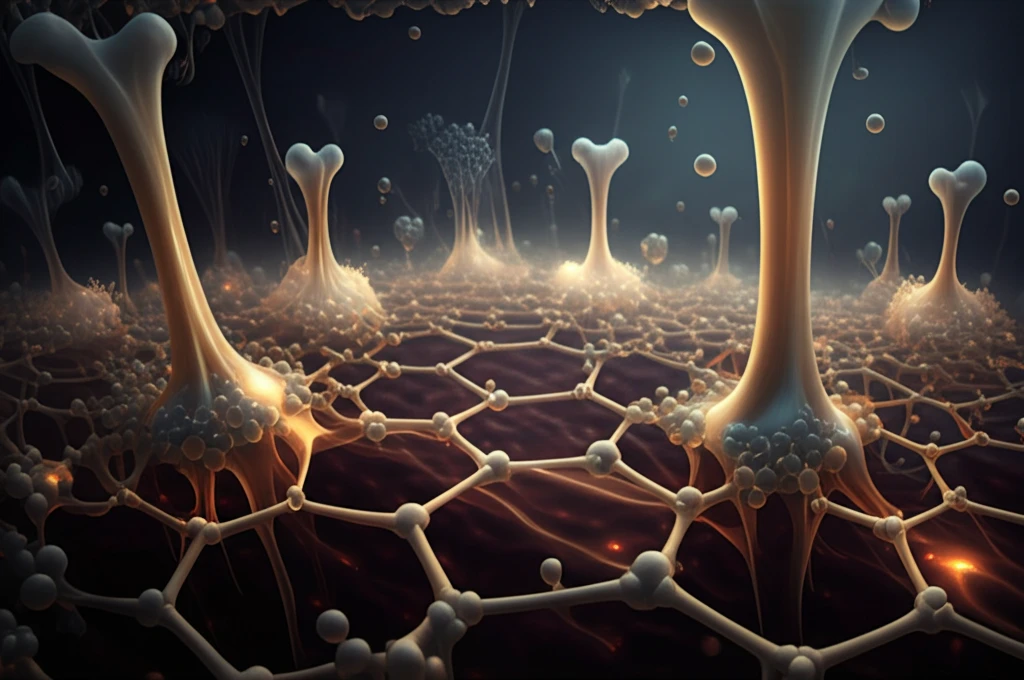
The Future of Bone Healing: How Nanotechnology is Revolutionizing Bone Regeneration
"Discover how crosslinked chitosan nanocomposites are paving the way for more effective and biomimetic bone mineralization."
For centuries, the treatment of bone defects and fractures has relied on traditional methods like autografts and allografts. While these approaches have their merits, they also come with significant drawbacks, including donor scarcity, immune rejection, and the risk of pathogen transmission. This has spurred researchers to seek innovative solutions that can overcome these limitations and promote more effective bone regeneration.
Enter nanotechnology, a field that holds immense promise for revolutionizing medicine, including bone tissue engineering. By manipulating materials at the nanoscale, scientists can create biocompatible materials that mimic the structure and properties of natural bone, facilitating the body's own healing processes. One such material is chitosan, a unique polysaccharide derived from chitin, found in the exoskeletons of insects and crustaceans. Chitosan possesses several desirable properties, including biocompatibility, biodegradability, and non-toxicity, making it an attractive candidate for bone regeneration applications.
However, chitosan alone has limitations. To enhance its properties and create a more effective bone regeneration material, researchers are turning to nanocomposites – materials that combine chitosan with other nanoscale components. This article will delve into the exciting world of chitosan nanocomposites, focusing on a recent study that explores the potential of crosslinked chitosan/nitrogen-doped graphene quantum dot nanocomposites for hydroxyapatite biomimetic mineralization.
The Science Behind Chitosan Nanocomposites

The recent study, led by Shadpour Mallakpour and Elham Khadem, investigates the creation and properties of a novel nanocomposite material designed to mimic the natural mineralization process of bone. This process involves the formation of hydroxyapatite, a calcium phosphate mineral that is the main component of bone. By creating a material that promotes hydroxyapatite formation, researchers hope to accelerate bone regeneration and improve the success of bone implants.
- Chitosan: Provides a biocompatible and biodegradable matrix for cell growth and attachment.
- Nitrogen-Doped Graphene Quantum Dots (NGQD): Enhance the mechanical properties of the composite, promote hydroxyapatite formation, and improve cell adhesion.
- Glutaraldehyde: Acts as a crosslinker, strengthening the composite and controlling its swelling properties.
A Promising Future for Bone Regeneration
The CCS/NGQD NC nanocomposite developed in this study shows promising potential for bone tissue engineering applications. Its ability to promote hydroxyapatite formation, combined with its biocompatibility and mechanical strength, makes it an attractive candidate for bone scaffolds and implants. While further research is needed to fully evaluate its long-term performance and safety, this nanocomposite represents a significant step forward in the quest for more effective and biomimetic bone regeneration strategies.
